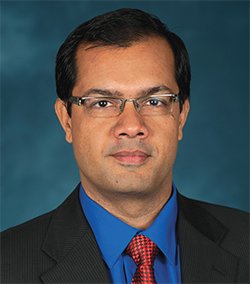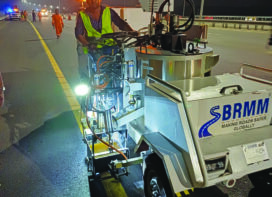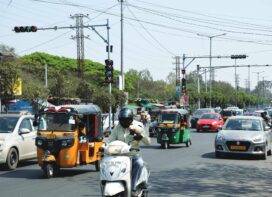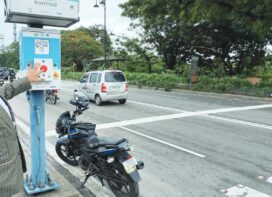 “Transpot infrastructure is effectively the backbone of any effective Smart City strategy. One major component of the 100 Smart Cities initiative in India is creating and developing an efficient urban mobility and public transport system that provides a variety of transport options”.
“Transpot infrastructure is effectively the backbone of any effective Smart City strategy. One major component of the 100 Smart Cities initiative in India is creating and developing an efficient urban mobility and public transport system that provides a variety of transport options”.
– Dr Jaijit Bhattacharya
Shankar, optimistic about the way things are being implemented, says, “The holistic approach of the Government of India through policies and schemes such as National Urban Transport Policy 2014, Atal Mission for Rejuvenation and Urban Transformation (AMRUT), Automotive Mission Plan (AMP2026), Make in India Scheme, Skill India programme, Green Mobility Scheme, TOD policy and FAME (Faster Adoption and Manufacturing of Electric/Hybrid) India Scheme would transform the urban transport system into an efficient system over the next decade. Smart Cities provide a platform and offer an integral perspective on technology advancements, features, and value chains required to make smart transportation a reality by overlaying an ICT layer to link all the transport influential schemes — Smart Solutions”.
Bhattacharya feels the alignment is a crucial part of the entire process. He says: “The alignment of smart mobility investment with a city’s economic, social and other key objectives is crucial to its impact on competitiveness and economic growth. Smart mobility is thereby leveraged with interconnected transport systems to transform urban mobility for developing competitive, sustainable and inclusive cities. The objective is to connect and integrate transport and other infrastructure into an interactive Internet of Things (IoT) and services, thereby aiming to utilize these digital technologies in addressing the social, economic and environmental challenges of a city. An integrated infrastructure policymaking function is critical for optimal investment in smart transport infrastructure. This enables governments to evaluate and design projects as part of the broader infrastructure ecosystem and support the overarching city vision”.
Making it economically viable for common man
Once all things are put in place, the blending in of resources and services is accomplished and the plan has been set in motion, the biggest task that needs to be done is making the entire process/ service viable for the common man. Not an easy task. Bhattacharya feels one innovative way can be through the use of financing models like value capture financing. “Here the government investing in development of public transport infrastructure like BRT, MRT and Metro could further scale up these investments to a wider population through value capture. The concept of value capture works in a way where the government captures a portion of the increased value of land due to the development of transport infrastructure funded by itself”.
Perry is of the opinion that the most progressive cities are becoming more human centric, not vehicle centric. “The human centric city, with active mobility, supported by shared and public transportation is ideal for the common man,” he says.
 TrafficInfraTech Magazine Linking People Places & Progress
TrafficInfraTech Magazine Linking People Places & Progress


